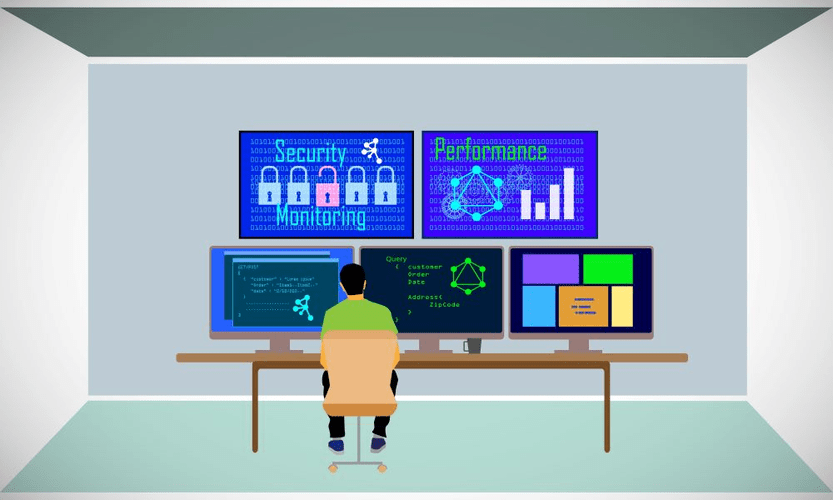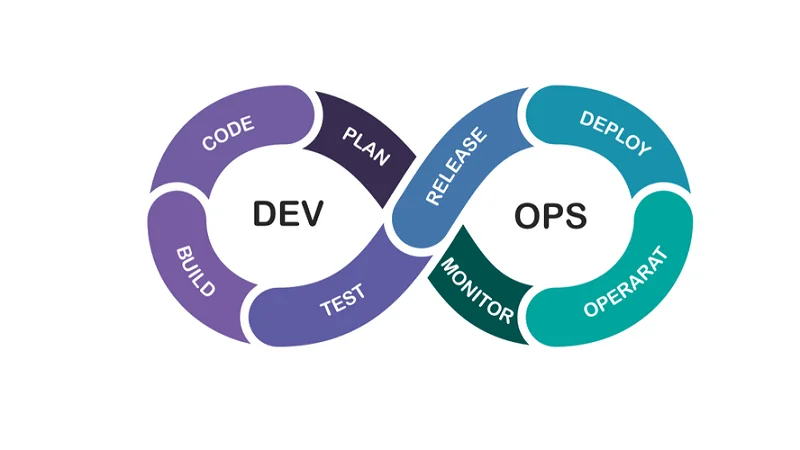Content
You can deploy SiteWhere on-premise or on multiple cloud platforms, including AWS, Azure, and GCP. Thinger offers a rapidly-scaling cloud infrastructure for connecting https://globalcloudteam.com/ millions of IoT devices. You can combine them by integrating them with your project that utilizes REST API or manage them swiftly by running the admin console.
- It has revolutionized the way businesses operate and has enabled companies to improve their efficiency in ways never seen before.
- These flexible IoT solutions deliver an extensible middleware core that allows IoT developers to concentrate on market-specific IoT applications.
- Given this complexity, it is not likely that you’ll find one single IoT platform that covers all areas of the IoT technology stack.
- The IoT platform must be as user-friendly as possible, with minimal friction and impediments, for both of these groups.
- Cloud Pub/Sub performs data ingestion and message routing for further data processing.
- The IoT platform’s middleware is utilized to facilitate integration with practically every connected device and to integrate with the device’s third-party apps.
Once you find product-market fit and are ready to scale, it’s time to invest in custom hardware. Your goal is to optimize for form-factor, cost, supply chain, and serviceability. You can use single-board computers with sensors such as Arduino or Raspberry Pi. If you need industrial hardware, you can try hardware platforms like PXI or Compact RIO from National Instruments. Or use a smartphone or tablet since they already have a lot of sensors. Their role is to seamlessly manage the connectivity between your devices and your Cloud platform, across many cellular operators .
Final Thoughts: Connecting the Dots
In practice many groups of IoT devices are hidden behind gateway nodes and may not have unique addresses. Also the vision of everything-interconnected is not needed for most applications as it is mainly iot platform vendors the data which need interconnecting at a higher layer. Also known as IIoT, industrial IoT devices acquire and analyze data from connected equipment, operational technology , locations, and people.

As such, it’s worth looking into what deployment options are available and whether they are aligned with your IoT strategy. For example, cloud deployment introduces high elasticity and scalability together with the flexibility to manage your network from anywhere, while on-premises deployment is ideal when stringent data privacy and ownership requirements apply. HCLTech’s IoT platform comprises data storage, device management, and data science workbench. When choosing an IoT platform, businesses should consider several factors, including their budget, the type of solution they need, their security requirements, and the features and functionalities they need. Businesses should also consider the pricing model of the platform and how it will fit into their budget.
Spyine Review: The Best GPS Location Tracking App
By 2019, it is estimated that the EIoT will account for 9.1 billion devices. We’ve all heard of IoT platforms as the lynchpin of the IoT ecosystem; but what exactly is an IoT platform? If you search for the term on Google, you could easily find millions of results and still be left confused by the end of the day. The truth is, not all IoT platforms are created equal; and the difference between them isn’t just about the bewildering range of use cases that they target.
IoT combined with AI and ML help revolutionize industries and businesses. Many IoT platforms have AI capabilities for better analytics, decision-making, and risk management. According to the IBM Global C-suite Study program, reinventors are looking forward to integrating IoT with AI/ML. A few examples of such platforms would be Cisco IoT Control Center, Vodafone IoT Platform, AT&T Managed IoT Connectivity Services. Some cloud platforms like Microsoft Azure also have connectivity capabilities. The MachNation IoT Architecture with IoT platform functions divided into 8 categories on the levels of device, edge and cloud – source and download of full document with explanationsThis list of IoT platform selection criteria is far from complete.
Open Source IoT Device Management Platforms
For example, Songdo, South Korea, the first of its kind fully equipped and wired smart city, is gradually being built, with approximately 70 percent of the business district completed as of June 2018. Much of the city is planned to be wired and automated, with little or no human intervention. With a COTS IoT platform, the project timeframe is measured in only weeks in terms of effort and time. Using an IoT infrastructure solution might prolong the time to market by several months.

It is one of the most flexible IoT app development and device management platforms. It comes with a variety of features such as data analysis, configuration management, data collection, data visualization, and so on. It gives you complete control over the IoT devices, and you can choose to host Kaa wherever you like, from the public cloud to cloud premises. IoT analytics platforms provide these services and are focused on heavy-duty analytics.
Search Products
Discussing the pros and cons of IoT platforms with developers is an effective approach to selecting the proper tools and services. Your development team can share its expertise and experience regarding the available options. That will help make the right decision, maintaining the necessary balance between project requirements and developers. It mounts from tiny startups to great enterprises and holds advanced deployment models for multi-cloud IoT solutions. It is primarily based on flexible microservices and readily conforms to virtually any need and application — some other features as below. Kinoma, a Marvell Semiconductor hardware prototyping platform, involves three different open source projects.
Aptitudes, Fast business procedures, Machine learning with vast capacity. Not only these, but the Google Cloud IoT also increases the work rate of the devices. This platform uses cloud amenities to lessen the cost and inspires location intelligence as well. They mainly focus on effective, fast, and efficient ways to run your business.
What are the types of IoT platforms?
These kinds of platforms may have a niche implementation of the cloud-side application. With the advancement of 5G, it will be even easier to connect IoT hardware to a cloud platform. We can now expect many IoT Communication Platforms that are based on 5G. In data-driven IoT applications, the analysis of data received from the hardware is of vital importance.
